Ansell Lighting Rechargeable batteries
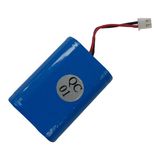

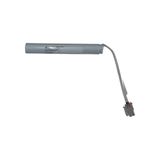




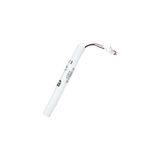
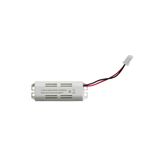

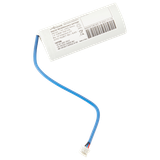
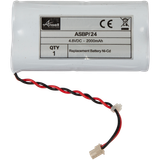
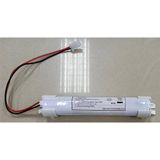


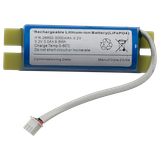

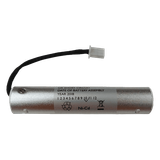


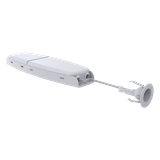
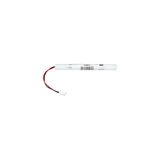

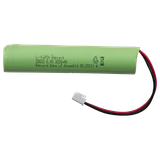
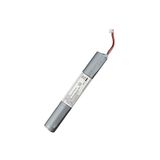
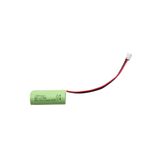

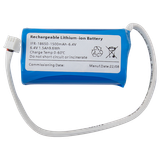
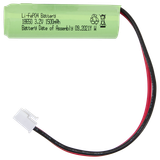
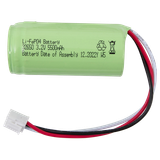
Ansell lighting rechargeable batteries and battery modules represent the key energy backup layer for emergency luminaires, off-grid zones, and resilient lighting systems. When mains power fails, these ansell rechargeable batteries ensure continuity, acting within luminaires or in remote battery packs. The product family includes ansell led battery modules, ansell battery packs, and ansell battery backup lights, all engineered to blend with Ansell fixture ecosystems while delivering reliable stored power under strict safety, thermal, and endurance constraints.
Battery systems in lighting demand careful selection: capacity (Ah), nominal voltage (often 3.6 V, 7.2 V, 12 V, 24 V), discharge curves, charge control electronics, and safety features (overcharge protection, temperature cutoffs). Procurement must account for life cycles (number of charge/discharge cycles), shelf aging, compatibility with driver electronics, and maintenance access. These backup systems convert a standard luminaire into a full emergency lighting solution or add battery support for decorative / architectural fixtures.
Ansell Lighting Core Rechargeable batteries Variants — Embedded and Retrofit
The simplest form is ansell led battery modules designed to be built into luminaires. These compact units often use Ni-MH or Li-ion chemistry, with integrated charging electronics and cut-off protection. In normal operation the battery trickle-charges; upon mains loss, it switches seamlessly to power the LED load for a specified duration (commonly 1–3 hours or more).
These modules must match luminaire current draw, LED forward voltage, and physical envelope constraints. Their advantages include minimal external wiring and compact assembly; limitations include limited capacity if the internal volume is constrained. In procurement, engineers define required duration (e.g. 1 h, 3 h), load wattage, module footprint, temperature range, and connector types.
Ansell Lighting External Rechargeable batteries Packs & Backup Units
For installations requiring larger capacity or retrofit flexibility, ansell battery packs or external ansell lighting battery systems are used. These units are housed separately (in cabinets or compartments) and connect to multiple luminaires in parallel. This enables higher autonomy (e.g. 8 hours, 24 hours) and centralized maintenance.
These battery systems often support monitoring (voltage, current, temperature), remote status indication, and modular expansion. Procurement engineers compare capacity (Ah × V), permissible depth of discharge, recharge time, and lifetime cycles (e.g. 2000+ cycles). Compatibility with Ansell emergency circuits and driver electronics must be assured to avoid mismatched voltage shift or control logic errors.
Emergency Lighting & Hybrid Options
ansell battery backup lights combine fixture and battery in one unit — typically in emergency versions of standard luminaires. These are designed to provide illumination during power outages, often at reduced lumen output (emergency mode). Some hybrid systems allow both mains and battery power operation, switching automatically during failure.
These fixtures include charging circuitry, test functionality, automatic self-diagnosis, and fault reporting capability. They may also integrate into centralized emergency systems. In procurement, buyers evaluate emergency lumen output (e.g. 5 W, 10 W), duration, self-test intervals, and fault signaling capabilities.
Compatibility and Integration Notes
Ansell battery modules and packs are engineered to interface with the brand’s luminaire lines. They often share connector standards, mounting brackets, and charger electronics designed for Ansell drivers. Cable voltage drop, protection fusing, and matching of LED current draw must be carefully calculated when distributing battery power to multiple fixtures.
Module and pack selection must consider thermal environment — batteries are sensitive to ambient temperature, so installation in enclosed, non-ventilated zones must use appropriately rated batteries. Monitoring conductors and fault feedback wiring (e.g. fire panel, central test line) must align with luminaire control circuits.
Technical and Safety Standards
Battery modules and systems adhere to standards for portable energy storage and emergency lighting. Requirements often include UN 38.3 for transport safety, IEC 61951 / 62133 for rechargeable battery safety, and EN 60598-2-22 for emergency luminaires. Key safety features include overcharge/discharge protection, thermal cutoffs, short-circuit isolation, and cell balancing. Modules are rated for operating temperature ranges (commonly 0 °C to +50 °C) and are tested for charge/discharge cycles, capacity retention, and failure modes. All systems are batch-traceable and shipped with compliance documentation.
Application & Use Cases
- Retrofitting existing Ansell luminaires into emergency versions with internal battery modules
- Centralized battery packs feeding multiple units in corridors or large spaces
- External backup for outdoor architectural lighting where mains supply may be unreliable
- Hybrid installations in museums, heritage sites, or galleries where aesthetics must be preserved
- Temporary power during events, construction, or staged operations
Designers evaluate load per fixture, autonomy duration, battery aging, service access, and safety redundancy when choosing battery solutions.
How to Select the Right Ansell Battery Solution
- Calculate required autonomy — wattage × hours = required Wh.
- Select module vs pack — internal for compact, external for scalability.
- Verify compatibility — module voltage match, driver support, control interfaces.
- Check cycle life and warranty — choose batteries rated for ≥ 1000 cycles or more.
- Consider ambient conditions — pay attention to installation temperature and ventilation.
- Plan wiring and fault feedback — include appropriately rated conductors, fuses, and monitoring circuits.
- Procurement alignment — standardize on model codes, order spares, align batch references.
A common oversight is underestimating battery aging — a pack sized exactly for first-year operation may drop below needed capacity after years of use.
Wholesale Supply of Ansell Lighting Batteries by Bank of Lamps
We supply the full range of ansell lighting rechargeable batteries, led battery modules, ansell battery packs, ansell battery backup lights, and related battery accessories for emergency and auxiliary lighting applications. We provide individual B2B pricing depending on volume and project scale, and every client is assigned a personal account manager to assist with technical selection and order coordination. Our inventory system ensures real-time stock visibility across our central warehouse and partner depots so you can commit to designs with confidence. Quote requests are usually answered within an hour. Ordering is simplified via EAN / MPN codes for seamless bulk upload into procurement systems. Downloadable price lists include fixed validity windows, and you have full lead-time tracking from order to dispatch. All purchase history remains accessible for fast reorders. For trusted clients, post-payment up to 30 days is available, and we offer consolidated shipping when combining battery components with other products. We serve delivery across the UK, Germany, Netherlands, France, Spain, Belgium, and the Baltics — every shipment includes full compliance documentation, traceability, and installation support to ensure your Ansell lighting battery systems are deployed reliably and safely.